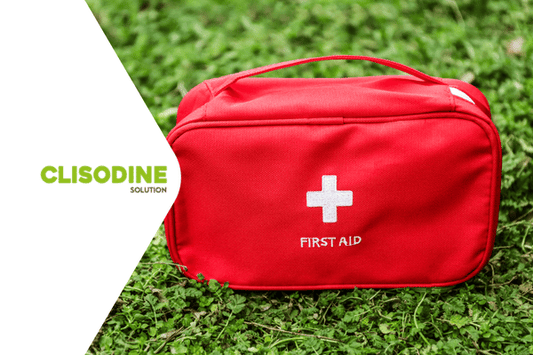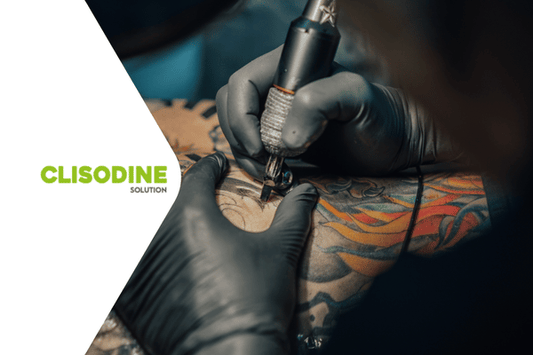How to protect a wound from infection. Simple principles for everyone
A wound can occur at any time, from cooking, sports, gardening or children's play. And it is when the skin is broken that the gateway opens for dirt and microorganisms. Preventing infection is key not only for quick healing, but also for reducing the risk of complications such as inflammation or suppuration.
The good news? Everyone can handle basic wound care, just follow a few simple rules.
1. Thorough hand hygiene is essential
Always wash your hands with soap and water or use a disinfectant gel before touching the wound, as hands are the most common source of bacteria transfer to the wound.
When treating larger or deeper wounds, we recommend using disposable gloves .
2. Cleaning the wound – a key first step
Every wound, even a small one, needs to be gently cleaned first. Remove any debris (e.g. gravel, grass, splinters) and rinse the wound with lukewarm water or a sterile solution .
It is ideal to use an alcohol-free antiseptic spray that:
- Destroys microorganisms
- Does not burn even on sensitive skin
- Protects against infection
3. Wound covering – protection and support for healing
It is a good idea to cover most minor injuries with a sterile plaster or bandage . Why?
- Prevents dirt and bacteria from entering
- You will ensure the right moist environment for faster healing
- You will reduce the risk of mechanical irritation of the wound (e.g. from clothing)
For larger or oozing wounds, use a special dressing recommended by a pharmacist or healthcare professional.
4. When to see a doctor?
We cannot treat every wound ourselves. In these cases, it is better to contact a doctor:
- The wound is bleeding heavily and cannot be stopped.
- It is deep or caused by a dirty/rusty object
- Signs of infection appear: redness, pus, swelling, pain, temperature
- The wound does not heal within a few days or gets worse
- It was an animal bite or insect sting with an allergic reaction
5. Regular inspection and replacement of the dressing
Check the wound regularly – when changing the dressing, look for:
- Color changes
- Amount of secretion
- Possible odor
- Pain or burning
If the dressing is wet, dirty, or has come loose, replace it as soon as possible.
Summary
Infection can develop very quickly, but it can also be easily prevented . By cleaning properly, using an antiseptic, and applying appropriate dressings, you help your body create the ideal conditions for safe and rapid healing.
Always have basic first aid equipment on hand and most importantly: act in time .
🧴 Try the antiseptic Clisodine , which is gentle, effective and suitable for children.







